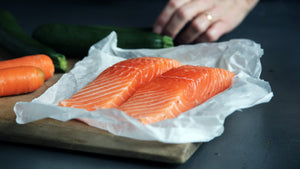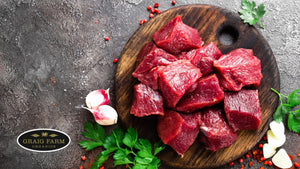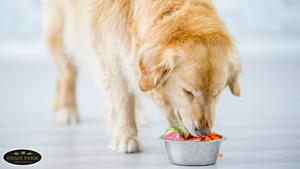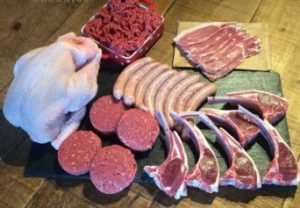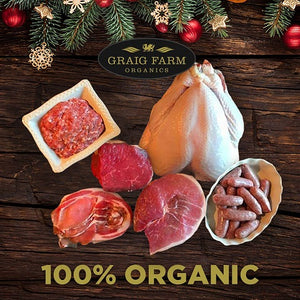Pork Cuts: A Handy Guide

When it’s cooked right, pork can be one of the most delicious meats on the market. It’s versatile, so you can enjoy it for family roasts, summer BBQs or easy weeknight meals.
When shopping for pork, you’ve probably noticed the various cuts available and you may be wondering how they differ from each other. So what are the most common pork cuts and how do you prepare them? Here’s a handy guide to each one, from shoulder to leg.
Shoulder
Starting with the front of the animal, the shoulder is one of the most versatile cuts. Although it can be quite tough and somewhat fatty, you can cook it in various ways, from mincing and dicing to slow-roasting and barbecuing. The shoulder is usually affordable and can be bought boned and rolled or on the bone.
Spare Ribs
A cut for those who love to really get stuck into their food, the spare ribs are taken from the belly and breastbone, behind the shoulder. These can be grilled or oven-cooked, and eaten straight off the bone.
Loin
Coming from the top of the rib cage, pork loin is tender, lean and tasty. It’s ideal for slow-roasting, but ensure you don’t overcook these cuts because they can easily dry out, especially when cooked at high temperatures.
Belly
Rising in popularity, the pork belly is juicy and delightfully crispy. Taken from the underside of the pig, it’s one of the cheaper cuts and can be quite fatty. However, don’t let that put you off!
You can buy roasted pork belly joints or delicious strips.
Tenderloin
Pork tenderloin is the pork equivalent to beef steak and is the leanest cut of pork available. This is a boneless cut and it tastes superb grilled, pan-fried or roasted. Again, avoid overcooking as it will dry out.
Leg
Arguably the most widely enjoyed cut, the pork leg is perfect for larger dinners. You have plenty of options when it comes to cooking the leg, from roasting and pot-roasting to braising.
Why not check out our yummy pork recipes?
- Tags: Pork
- Graig Farm
